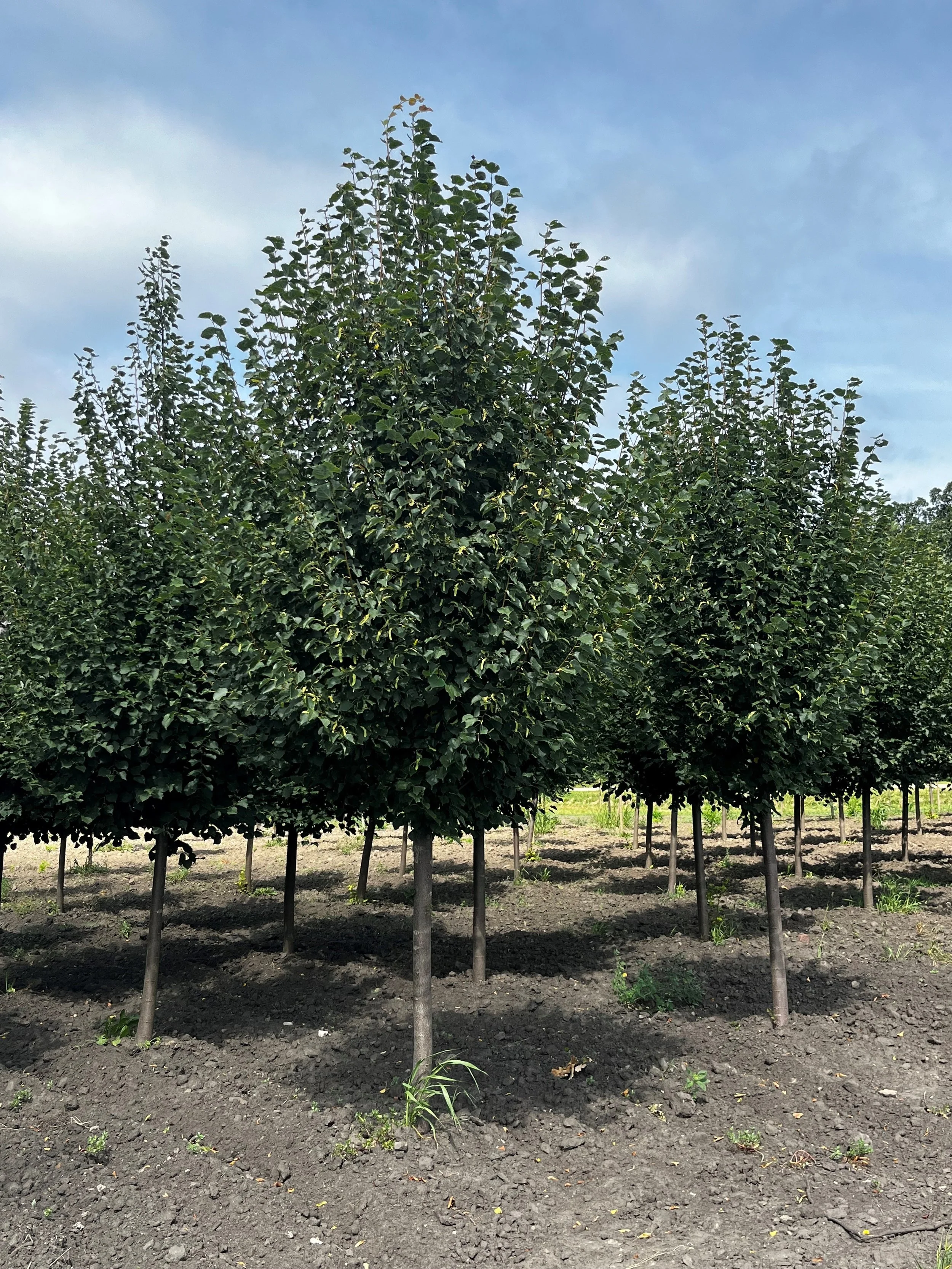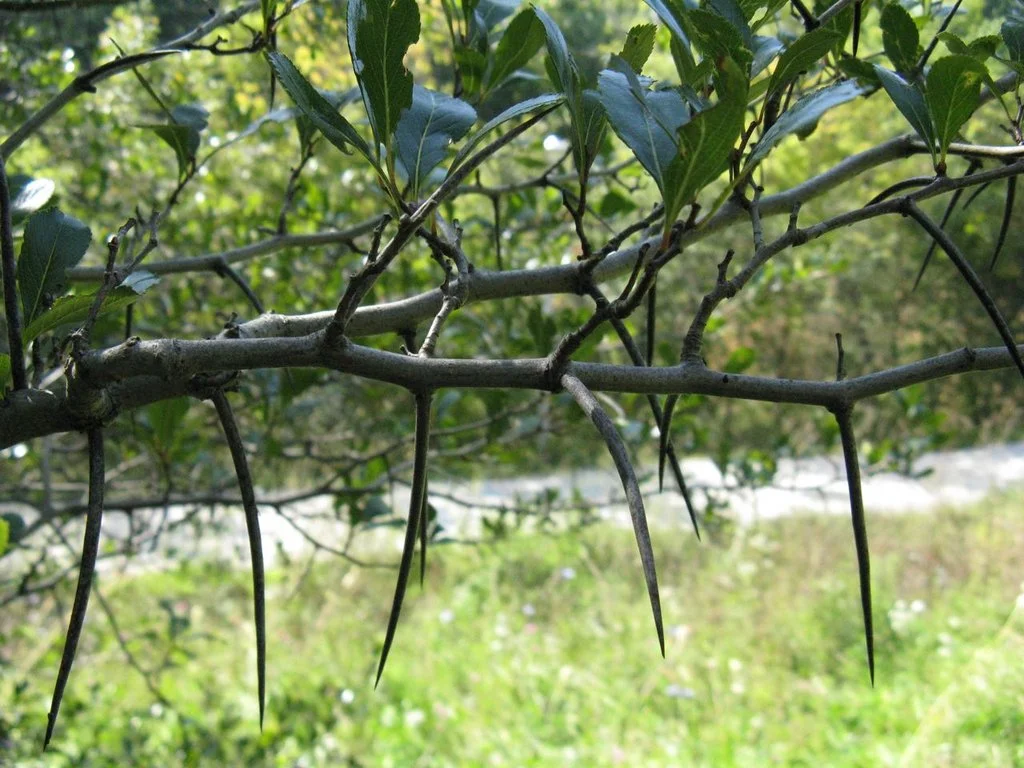Pollinators and Systemic Pesticides
Systemic Pesticides in Landscape Plants: Understanding Their Impact on Pollinators and Reducing Harm through Best Timing
Maintaining healthy landscape plants often involves the use of pesticides to control pests and diseases. However, the use of systemic pesticides in particular raises concerns about their impact on pollinators. These pesticides, which are absorbed and distributed within a plant's tissues, can potentially affect bees, butterflies, and other beneficial insects. In this blog post, we will explore the impact of systemic pesticides on pollinators and provide suggestions for best timing to minimize harm while effectively managing pests.
Understanding Systemic Pesticides: Systemic pesticides are absorbed by plants and transported through their tissues, providing long-lasting pest protection. Common systemic pesticides include neonicotinoids (such as Imidacloprid) and other insecticides. Once applied, these pesticides can be found in various plant parts, including pollen and nectar, potentially exposing pollinators that visit treated plants.
Impact on Pollinators: The use of systemic pesticides can have detrimental effects on pollinators. Bees, butterflies, and other beneficial insects may be exposed to these pesticides through contaminated pollen and nectar. Prolonged exposure or high concentrations can impair pollinators' foraging abilities, navigation, reproductive capacities, and overall health. This can lead to population decline, ecological imbalance, and reduced pollination services.
Best Timing to Minimize Harm: To minimize the impact of systemic pesticides on pollinators, timing is crucial. Consider the following suggestions:
Avoid applying systemic pesticides during flowering: Refrain from applying these pesticides when landscape plants are in bloom, as this is when pollinators are most active and likely to come into contact with contaminated pollen and nectar. Instead, opt for alternative pest control methods or use targeted treatments only if necessary.
Apply systemic pesticides during non-flowering periods: If systemic pesticides are necessary, time their application during non-flowering periods to minimize pollinator exposure. Treatments immediately AFTER bloom ensure that pollinators have reduced contact with treated plants.
Follow label instructions and restrictions: Always read and follow the instructions provided by the pesticide manufacturer. Adhere to label restrictions, particularly those related to pollinator protection and timing of application. The label will provide specific guidance on the most appropriate timing for effective pest control while reducing harm to pollinators.
Integrated Pest Management (IPM) Approach: Adopting an Integrated Pest Management approach can greatly reduce the reliance on systemic pesticides. IPM focuses on preventive measures, monitoring pest populations, and using a combination of cultural, biological, and targeted chemical controls. By maintaining plant health, selecting pest-resistant varieties, promoting beneficial insects, and implementing pest monitoring, the need for systemic pesticides can be minimized.
Encourage Pollinator-Friendly Landscapes: Creating pollinator-friendly landscapes is a proactive step towards supporting pollinator populations and reducing the reliance on pesticides. Incorporate native flowering plants, diverse habitats, and provide ample sources of food, water, and shelter for pollinators. By enhancing their habitat, you can promote pollinator populations and reduce the need for intensive pesticide use.
While systemic pesticides can offer effective pest control for landscape plants, it is crucial to consider their impact on pollinators. By being mindful of timing and adopting alternative pest management strategies, we can minimize harm to bees, butterflies, and other beneficial insects. Follow label instructions, avoid applying pesticides during flowering periods, and consider non-chemical approaches whenever possible. By promoting pollinator-friendly landscapes and implementing Integrated Pest Management practices, we can strike a balance between managing pests and protecting pollinators. Remember, the health and well-being of pollinators are vital for ecosystem health, biodiversity, fruit and vegetable production, and the success of our gardens and landscapes. By making informed choices and taking steps to reduce the impact of systemic pesticides, we can create a harmonious environment where both plants and pollinators can thrive.







